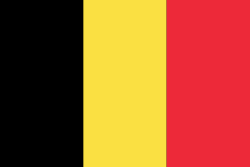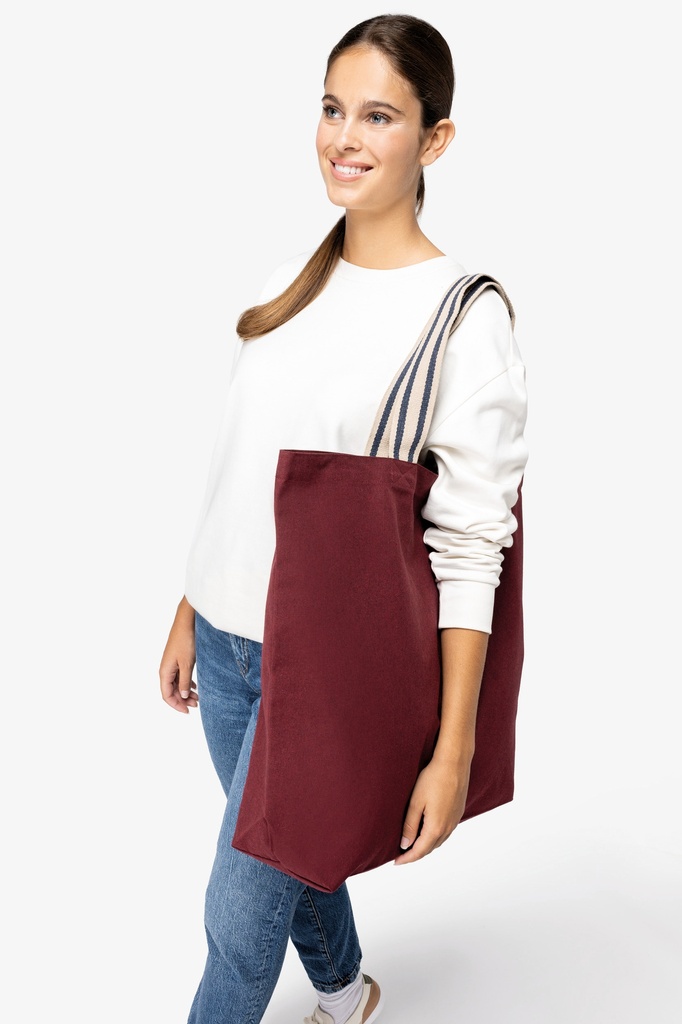Hi friends! Leïla again, still about my amazing materials, this one is a banger and I think everybody should know about it: HEMP!
Meet the Material: Hemp—The Ancient Fabric for the Future 🌱
Why is hemp rapidly gaining popularity as a go-to material in the world of sustainable textiles? This ancient fabric, used for millennia, is making a powerful comeback. Here's a deeper dive into what makes hemp a standout choice in our sustainability journey at INKOO:
🔹 Eco Warrior: The Environmental Benefits of Hemp
Unlike traditional crops like cotton, hemp demands significantly less water and minimal pesticides. Cotton, for instance, is notorious for its high water consumption and heavy pesticide use, contributing to environmental degradation. In contrast, hemp’s ability to grow in dense plots maximizes yield per acre, uses land more efficiently, and significantly reduces the agricultural footprint. This makes hemp a leader in sustainable agricultural practices.
Moreover, hemp’s rapid growth cycle—reaching maturity in just 3-4 months—enables multiple harvests per year, further enhancing its sustainability credentials. Hemp cultivation improves soil health through phytoremediation, which removes toxins and replenishes nutrients, contributing to healthier ecosystems.
🔹 Super Strong: Durability That Lasts
Hemp fibers exhibit extraordinary durability that mainstream materials can hardly match. This strength translates into longer-lasting products, which means less waste and more value—key aspects of sustainable consumerism. In an era where fast fashion dominates, the longevity of hemp textiles is a crucial factor in reducing textile waste.
Hemp’s tensile strength ensures that garments retain their shape and structure even after multiple washes, unlike some other fabrics that deteriorate quickly. This resilience is why hemp is often chosen for high-stress applications like ropes and sails.
🔹 Ultimate Comfort: Softness Meets Functionality
Hemp fabric is not only breathable and lightweight but also becomes increasingly softer with each wash, making it a favorite for both everyday wear and high-performance apparel. Additionally, its natural antibacterial properties and UV resistance enhance its suitability for outdoor use, maintaining its quality and extending its lifespan.
Hemp’s breathability ensures comfort in various weather conditions, making it ideal for all-season wear. Its natural moisture-wicking properties keep the wearer dry and comfortable, further boosting its appeal for activewear and casual clothing alike.
🔹 Versatile Vibes: Adaptability in Fashion
Hemp's adaptability shines in its wide range of textile applications. Whether it’s elegant linens, chic casual wear, or durable canvas for outdoor gear, hemp's versatility makes it a perfect fit for a variety of fashion and functional products. Designers are increasingly exploring hemp’s potential, creating innovative blends and finishes that highlight its unique qualities.
From sleek and modern to rustic and traditional, hemp can be tailored to suit different styles and aesthetics. Its dye affinity allows for vibrant and long-lasting colors, expanding the creative possibilities for fashion designers.
🔹 Low Impact: Sustainable Agriculture
The robust nature of hemp allows it to thrive in varied climates and soil types, reducing the need for synthetic fertilizers and pesticides, thereby maintaining healthier ecosystems and contributing to soil remediation. Hemp’s deep root system prevents soil erosion, promotes soil aeration, and reduces the need for tilling, which can lead to soil degradation.
Additionally, hemp’s ability to outcompete weeds naturally reduces the reliance on herbicides, promoting organic farming practices and supporting biodiversity.
🔹 Nature’s Friend: Biodegradability and Eco-Friendliness
As a fully biodegradable material, hemp offers an end-of-life cycle that aligns perfectly with our planet’s natural processes, leaving minimal environmental footprint. When hemp products reach the end of their useful life, they break down naturally without releasing harmful chemicals, unlike synthetic fabrics that contribute to microplastic pollution.
This biodegradability is a significant advantage in the push towards a circular economy, where products are designed with their entire lifecycle in mind, reducing waste and environmental impact.
🚫 Challenges Ahead: Overcoming Historical and Legal Barriers
Despite its myriad benefits, hemp's association with cannabis has historically complicated its acceptance, leading to strict regulations in many regions. Although these are gradually relaxing, the industry must navigate complex legal landscapes and contend with higher production costs than more conventional materials.
Educating consumers and policymakers about the differences between industrial hemp and recreational cannabis is crucial for broader acceptance. Additionally, scaling up hemp production to meet growing demand requires investment in infrastructure and research to optimize cultivation and processing techniques.
The Future of Hemp at INKOO
At INKOO, we recognize hemp's potential not just as a sustainable option but as a revolutionary shift in material science. As the textile industry evolves, hemp stands poised to become a mainstream, eco-friendly choice. Our commitment to sustainability drives us to explore and promote innovative materials like hemp, which align with our vision for a greener future.
Join the Green Revolution
🌍 Are you ready to be part of this transformation? By choosing hemp products, you contribute to a more sustainable and responsible fashion industry. Together, we can make a significant impact on the environment and set new standards for eco-conscious living.






